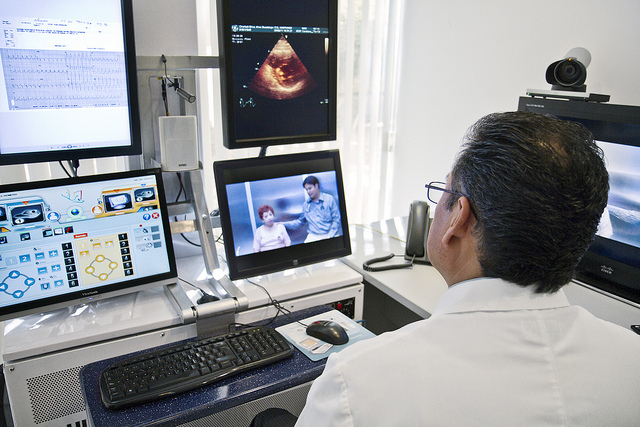There is a tremendous amount of change taking place in healthcare right now as the Affordable Care Act is in the early stages of implementation. Patient home, accountable care organization (ACO) and other clinical integration models are top-of-mind, and, with them come new potential risks to be considered. The same is true for "telemedicine."
Also known as "telehealth," telemedicine is a way of delivering healthcare to patients when the physician is not in the same room as the patient. Doctors can use two-way video systems and reach many more patients in remote locations. Many patients do well with telemedicine and find it more comfortable than coming into the physician's office or an urgent care center.
Telemedicine has been expanding its reach for healthcare systems across the U.S., adding services as technological advances allow. The associated savings - mostly in time for both patients and physicians - create additional incentive. Routinely, emergency departments use remote access to consult with specialists around the clock, and home-care services provide follow-up via phone and video for patients with chronic diseases.
But even though delivering care through telemedicine channels saves money, it is not reimbursed by Medicare. Medicare only reimburses providers and healthcare facilities if the physician is bedside. And Medicare reimbursement sets the trend for the private insurance market. Limited reimbursement is a major barrier to the expansion of telehealth.
Only time will tell if the seemingly inherent risks involved with little or no direct patient contact will outweigh the convenience and cost savings. As the healthcare landscape changes, so will the potential liability of healthcare professionals. And that means that insurance companies - both direct healthcare insurers and professional liability insurance carriers - will have to adapt based on the risks associated with a new, less personal way of delivering care.
An article about the Mayo Clinic, where telemedicine technology is used to deliver care in an intensive care unit, makes the case for reimbursement. As the article explains, unfortunately, technology is way ahead of figuring out how to get reimbursed for these services.






